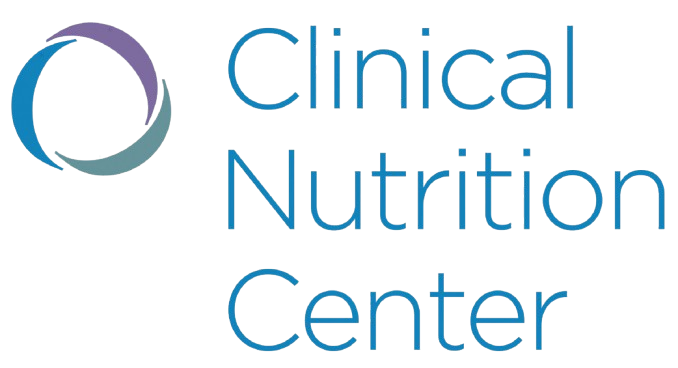10. What is my BMI (Body Mass Index)?
Part 1: Assessing Your Risk – Do I need to lose weight?
Assessment of overweight involves using three key measures:
- body mass index (BMI)
- waist circumference, and
- risk factors for diseases and conditions associated with obesity.
The BMI is a measure of your weight relative to your height and waist circumference measures abdominal fat. Combining these with information about your additional risk factors yields your risk for developing obesity-associated diseases. Weight loss will lower BMI.
What is Your Risk?
1. Body Mass Index (BMI)
BMI is a reliable indicator of total body fat, which is related to the risk of disease and death. The score is valid for both men and women but it does have some limits. The limits are:
- It may overestimate body fat in athletes and others who have a muscular build.
- It may underestimate body fat in older persons and others who have lost muscle mass.
Use this handy BMI calculator to calculate your Body Mass Index, then let’s see if weight loss is medically-necessary.
How to Calculate Body Mass Index:
- Enter your age.
- Select your sex.
- Enter your height.
- Enter your weight.
- Click “Calculate”
[calculatornet_bmi_calculator]
2. Waist Circumference
Determine your waist circumference by placing a measuring tape snugly around your waist (around the level of your belly button). It is a good indicator of your abdominal fat which is another predictor of your risk for developing risk factors for heart disease and other diseases, again indicating medically-necessary weight loss. This risk increases with a waist measurement of over 40 inches in men and over 35 inches in women.
Disease Risk Relative to Normal Weight and Waist Circumference
| Weight | BMI | Obesity Class | Waist: Men 40″ or less Women 35″ or less | Waist: Men > 40″ Women > 35″ |
|---|---|---|---|---|
| Underweight | < 18.5 | — | — | — |
| Normal | 18.5-24.9 | — | — | — |
| Overweight | 25.0 – 29.9 | — | Increased | High |
| Obesity I | 30.0-34.9 | I | High | Very High |
| Obesity II | 35.0-39.9 | II | Very High | Very High |
| Extreme Obesity | 40.0 + | III | Extremely High | Extremely High |
3. Other Risk Factors likely to improve with weight loss:
- high blood pressure (hypertension)
- high LDL-cholesterol (“bad” cholesterol)
- low HDL-cholesterol (“good” cholesterol)
- high triglycerides
- high blood glucose (sugar)
- family history of premature heart disease
- physical inactivity
- cigarette smoking
4. Assessment
For people who are considered obese (BMI greater than or equal to 30) or those who are overweight (BMI of 25 to 29.9) and have two or more risk factors, weight loss. Even a small weight loss is medically necessary. Just 10 percent weight loss will help to lower your risk of developing diseases associated with obesity. Patients who are overweight, do not have a high waist measurement, and have less than 2 risk factors may need to just prevent further weight gain rather than lose weight.
Talk to Dr. Lazarus in Denver to see if you are at an increased risk and if you should lose weight. He can evaluate your BMI, waist measurement, and others risk factors for heart disease. At CNC in Denver, we also like to measure body fat percentage as this number provides more information about an individual’s unique risk than just using BMI and abdominal circumference alone. People who are overweight or obese have a greater chance of developing high blood pressure, high blood cholesterol or other lipid disorders, type 2 diabetes, heart disease, stroke, and certain cancers, and even a small weight loss (just 10 percent of your current weight) will help to lower your risk of developing those diseases.

